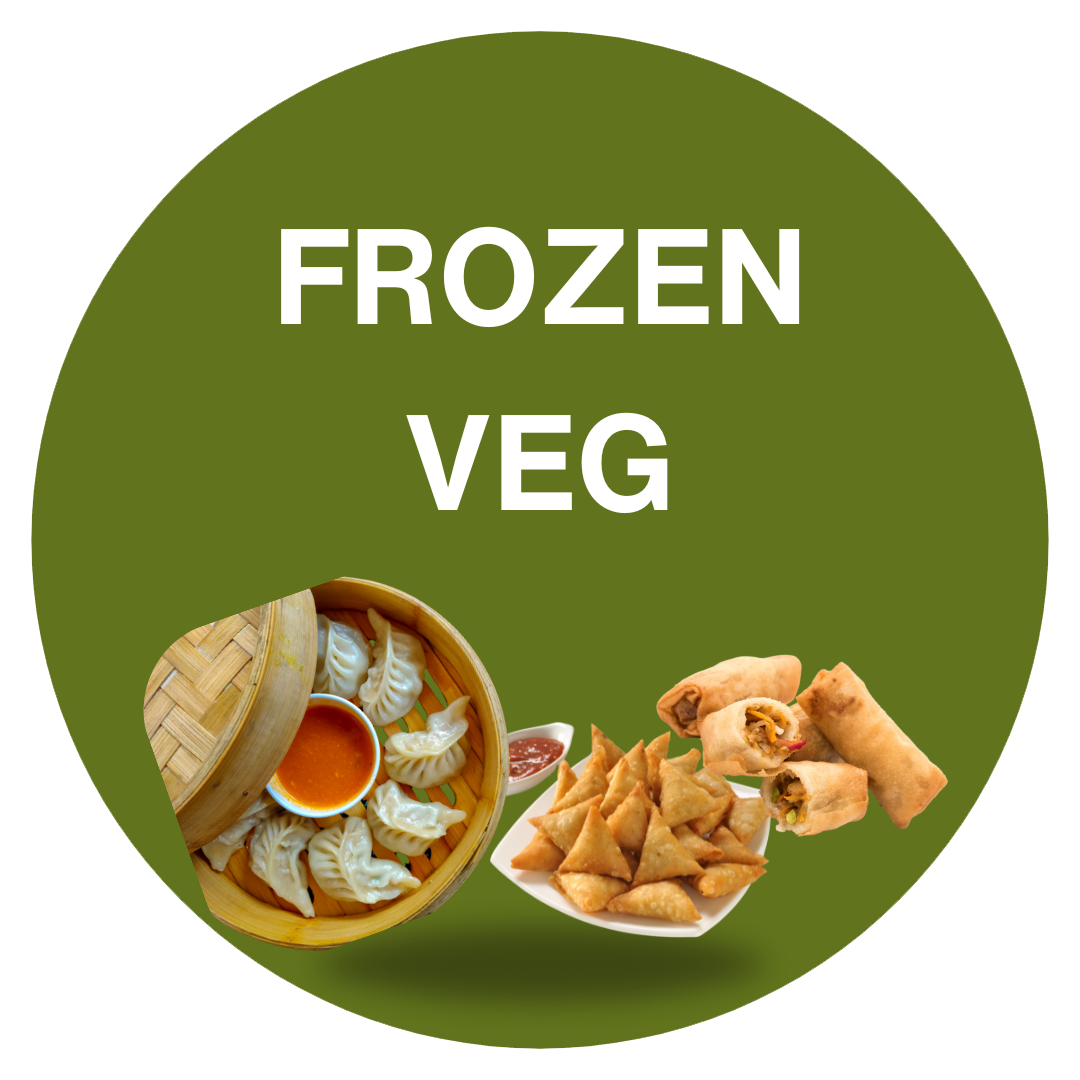“Mahua Wine”, probably most of you reading this blog, only know that Mahua is used to make delicious wine, which some claim can easily beat Italian grape wine if given access to the international market. But do you know that this yummy fruit, flower, its seed oil have a wide range of applications in culinary and medicinal sciences? Yes, there are a wide range of benefits of mahua flowers, fruits and other parts of the plant as well.
I bet most you don’t know about it! In fact, I am pretty sure, that most of you have heard of Mahua on the context of the controversial TMC MP.

But not in the context of a tree with a wide range of applications.
Our traditional knowledge which makes use of such indigenous plants and various parts for living a healthy life has been attacked time and again. This has resulted in a gap of knowledge. While the world is embracing ancient Indian herbs, spices, seeds and lifestyle, most of the Indians don’t even know the names of these plants and their application.
Well, no worries. We can always change the reality if we don’t like it and hence, this our small attempt to create awareness about the indigenous plants, herbs and their applications.
Introducing Mahua (Madhuca Longifolia)
Madhuca Longifolia popularly known as Mahua in major of northern India belongs to family Sapotaceae. It is popular for its sweet flowers with an intoxicating sweet fragrance (Trust me it’s mesmerizing). These flowers have a lot of ethnic values among the tribal people. Due to the immense benefits of Mahua flowers tribals develop a wide range of fermented and non-fermented food products.
Non-fermented Products: Like Halwa, Meethi puri, Kheer, Pakode, Barfi etc Fermented Products: Mahua Wine which is called as Daaru or Mahuli in regional language.

Mahua is also known as the Butternut tree, Moatree, Moah tree, Moah wood, Mowra butter tree, Mahua and Moatree. It is a medium to large-sized tree distributed in the northern, central and southern part of Indian Peninsula, Sri Lanka, Myanmar and Nepal.
It is a multipurpose tropical tree. It thrives in arid environments. Mahua is a prominent tree in tropical mixed deciduous forests of India in the states of Uttar Pradesh, Bihar, West Bengal, Jharkhand Chhattisgarh, Maharashtra, Orissa, Madhya Pradesh, Gujarat and Kerala.
It is mainly cultivated in the wild and harvested for its edible flowers and oilseeds. It contains numerous phytochemicals. And that’s why it had a wide range of therapeutic applications traditionally. For tribals it has a wide range of applications because it fulfils their all major requirements; Food, Fodder, Fuel and Medicines as well.
Applications of Mahua in Food
Fruits, flowers and leaves of Mahua are used in preparing different kinds of delicacies in different countries of the Indian peninsula.
- Flowers, fruits and leaves of Mahua are edible. They are used as vegetables in India and other Southern Asian countries in different food items.
- Mahua has fleshy flowers. They are eaten fresh or dried, powdered and cooked with flour, used as a sweetener or fermented to make alcohol. The dried flower is very popular in rural India. Both my parents used to have it in their childhood.
- Mahua flowers have a high sugar content (sucrose, glucose, fructose, arabinose, few amount of maltose and rhamnose). Hence it is utilised as a sweetening agent in numerous, tribal, local and traditional dishes like halwa, meethi puri, kheer and burfi. Mahua flowers are also used as fodder for cattle by tribals, which in turn improves the health of cattle as well.
- The fleshy outer coat of the fruit is used as a vegetable in India. I belong to UP. My hometown is close to Pryagraj. I have had this vegetable many times in my childhood when we visited our village. They call it GOHI locally.
- During periods of scarcity Mahua flowers and sal seeds are boiled together to prepare a substitute for grain staples.
- Mahua seeds are used to extract oil. It is an important oil plant. Its seeds yield between 35 and 47% oil.
Medicinal Applications of Mahua
Let’s discuss the benefits of Mahua flowers etc from a medicinal point of view. Ayurveda considers mahua flowers as a cooling agent, carminative, galactagogue, and astringent. It has been reported to be beneficial for heart, skin, and eye diseases. Tribal people use Mahua flowers as a remedy for many diseases. My mother used to apply the mahua seed oil on our skin when due to summer, we used to get pimples and boils all over our body as infants.
Flower juice also is utilized to cure skin diseases, eye diseases. Researches have observed that tribal people offer raw flowers to lactating mothers for increasing their lactation. Let’s take a look at a few medicinal applications of Mahua flowers and other parts of the tree.
Therapeutic Benefits of Mahua
- Deepak Acharya and Anshu Srivastava reported in their book Indigenous Herbal Medicines: Tribal Formulations and Traditional Herbal Practices, that mahua flowers can cure impotency and general debility when consumed with milk [1, 2].
- The roasted Mahua flowers are used to treat chronic bronchitis problem and also used in the treatment of cough [1, 2].
- A decoction prepared by boiling Mahua bark in water and taken internally can give relief from rheumatism. The oil obtained from seeds can also be applied to the affected areas to mitigate the symptoms [1].
- Flower Juice of Mahua is used to cure eye diseases, rakatpitta, and headache (flower juice used a nasal drop)[2].
- Powder of Mahua flower is used to cure diarrhoea and colitis as Mahua flower act as an astringent [2].
- Raw flowers are used to increase lactation [1, 2].
- Flowers fried with ghee are used to cure piles because Mahua acts as cooling agents to cure piles [2].
- Mahua leaves are also effective in cure eczema [1].
- Mahua flowers are highly nutritious and hence used generally as healthy tonic rich in protein [1, 2].
And these medicinal applications are just tip of the iceberg, Mahua is also used in curing other wide range of diseases, it is used to make soaps, detergents etc.
Conclusion
Benefits of Mahua flowers and other parts of the tree are immense. It can also create immense possibilities for poor farmers, tribals and rural population of India.
But due to lack of proper post-harvest infrastructure and political will, our farmers and tribals are being forced to embrace western and non-indigenous varieties of flora. We as consumers can direct the market in the right direction by demanding what’s indigenous, good for our health, and good for making rural economies self-sustainable.
We need to go back to our roots and embrace them. That’s the best of our physical, economics and mental upliftment both as an individual and as a society.
References
- https://www.cabdirect.org/cabdirect/abstract/20153064853
- https://www.researchgate.net/publication/257536534_Madhuca_Lonigfolia_Sapotaceae_A_review_of_its_traditional_uses_and_nutritional_proporties
- https://www.longdom.org/open-access/phytochemistry-ethnomedical-uses-and-future-prospects-of-mahua-madhuca-longifolia-as-a-food-a-review-2155-9600-1000573.pdf




